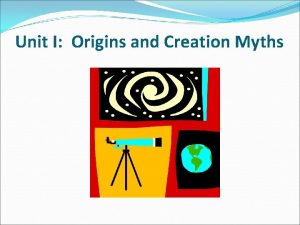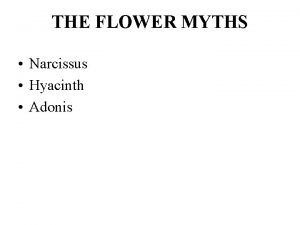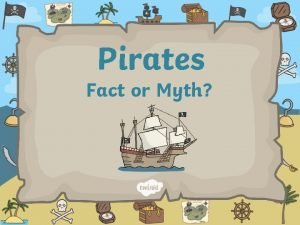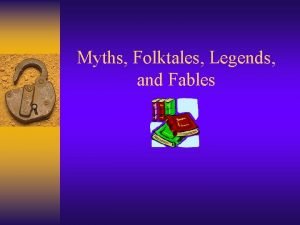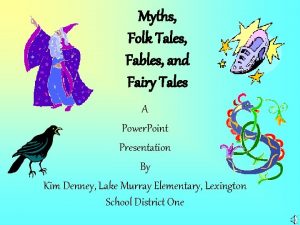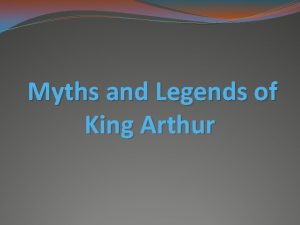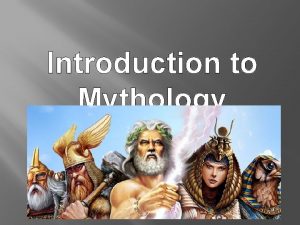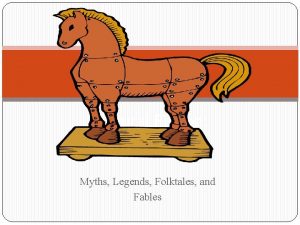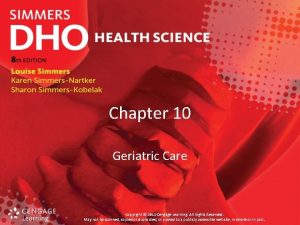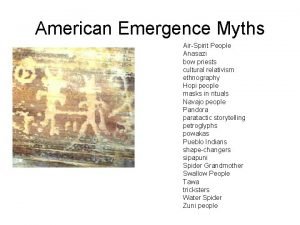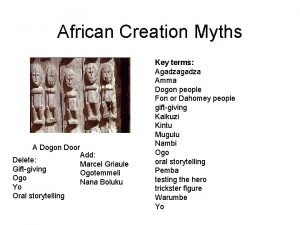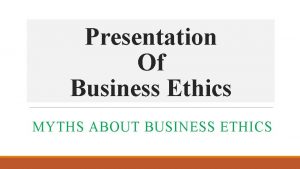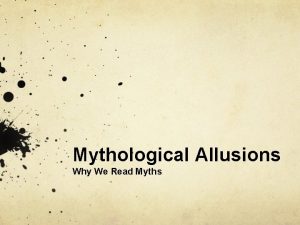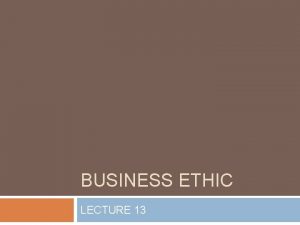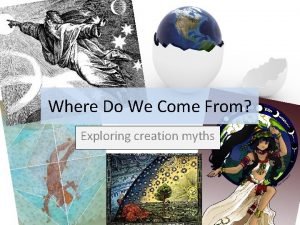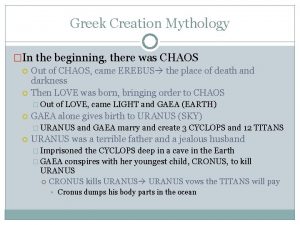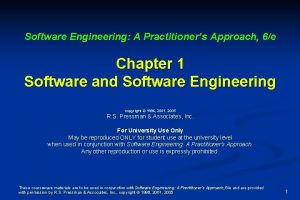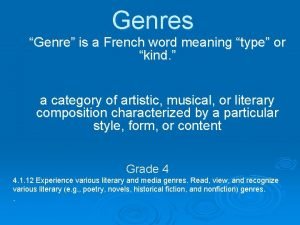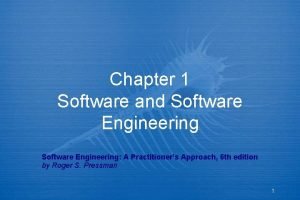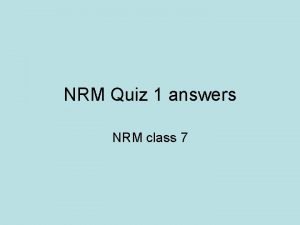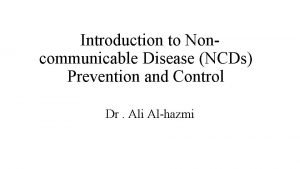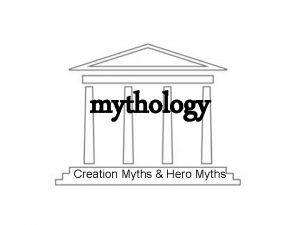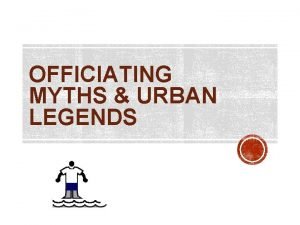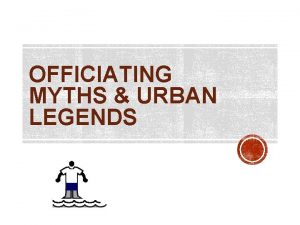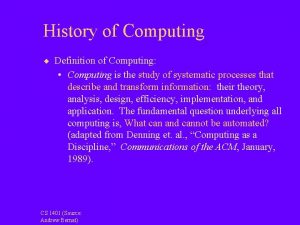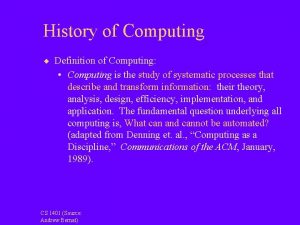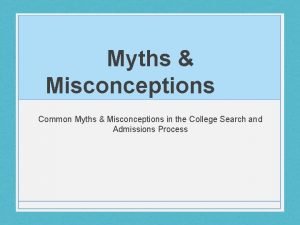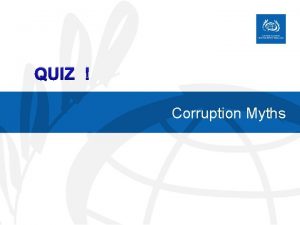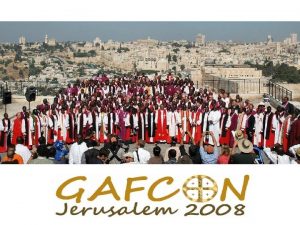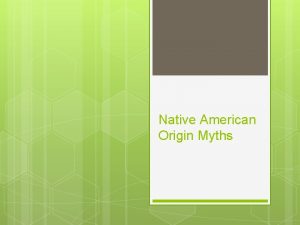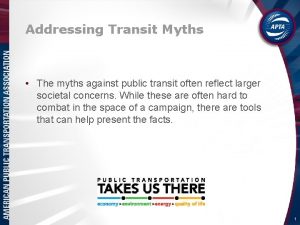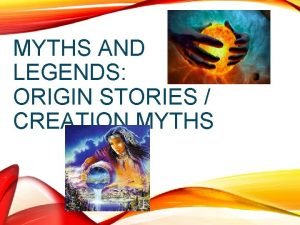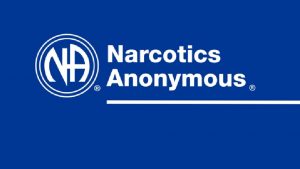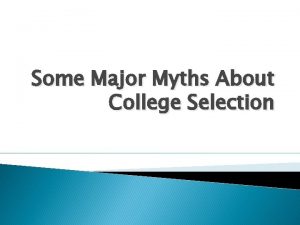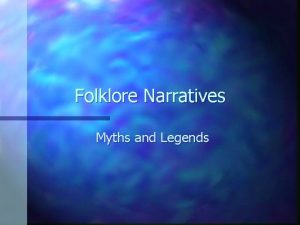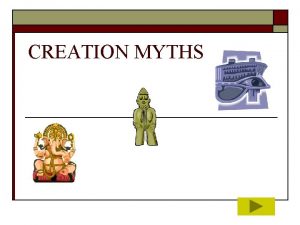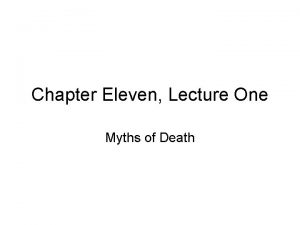The Great Myths of the History of Computing







































- Slides: 39


The Great Myths of the History of Computing J. A. N. Lee Computer Science Virginia Tech 1

FIRSTS • How to define? • Add enough adjectives and almost anything can be a FIRST – The FIRST computer – The FIRST modern computer – The FIRST analog computer – The FIRST digital computer 2

The Binary Number System • John Napier, Laird of Merchison – The Chessboard Computer - 1617 • India – Many examples of two-character systems before 1000 AD 3

The First Calculator • Abacus (at least three versions) • Napier’s Bones • The Slide Rule (Oughtred) • The Pascalene (Pascal) • Leibniz’ Machine • The Millionaire 4

The First Programmer • Ada Augusta or Charles Babbage • Robert Campbell, Richard Bloch, Grace Murray Hopper, or Howard Aiken 5

What’s ‘er name? • Daughter of Lord Byron, the poet George Gordon Noel – so what is the family name of a “Lord”? • Wife of the Earl of Lovelace – so what is the family name of an “Earl”? • Options – Noel, Byron, Lovelace, King

The First Computer • Charles Babbage • Herman Hollerith • What is a “Computer”? – A person – Standard five part definition (the von Neumann architecture) – The Virginia Crimes Act Definition 6

Virginia Computer Crimes Act 1984 COMPUTER" means an electronic, magnetic, optical, hydraulic or organic device or group of devices which, pursuant to a COMPUTER program, to human instruction, or to permanent instructions contained in the device or group of devices, can automatically perform COMPUTER operations with or on COMPUTER data and can communicate the results to another COMPUTER or to a person. 7

The First Modern Digital Computer • 1930 s: – – – John Vincent Atanasoff — the ABC Konrad Zuse — Z 1, Z 2, Z 3, Z 4 George Stibitz — Complex Calculator Alan Turing — the Universal machine Howard Aiken — Harvard Mark I (ASCC) • 1940 s: – Tom Flowers et al — Colossus – John Mauchly and J. Presper Eckert — ENIAC 8

The von Neumann Architecture 9

The “von Neumann” Architecture • Sequential operation • Automatic (without human intervention) • Five elements: – Input – Output – Memory – Arithmetic Unit – Control 10

The “von Neumann” Architecture 10

The Stored Program Concept • Programming the Harvard Mark I was by external paper tape • The ENIAC was “programmed” by rewiring it completely! 11

The Stored Program Concept • The First Draft of a Report on the EDVAC - 1946 • Who were the author(s)? • Whose idea was it? • Was it classified and thus not available for publication? 11

The First Stored Program Computer • The Manchester “baby” - 1947 • The Cambridge EDSAC - 1948 • The BINAC - 1949 12

The First Business Computer • LEO — Lyons Electronic Office — 1950 – Modeled after the EDSAC • UNIVAC — Universal Automatic Computer — 1951 for the Census Bureau – Perhaps the first mass produced machine • ERMA — Electronic Recording Means of Accounting — 1957 for Bank of America 13

The First Bug 14

The First Bug • Which machine? – Harvard Mark I, III? • By whom? – Grace Murray Hopper – Howard Aiken – Bill Burke • The term “bug” – Thomas Edison 15

GRACE MURRAY HOPPER, USN

USS Hopper Aegis Class Destroyer - 1996

COBOL • Grace Murray Hopper – A-1, B-0 – Flowmatic – But NOT COBOL • CODASYL – Short Range Committee – Joe Wegstein and others • The first COBOL compiler 16

The First Computer Society • IEEE Computer Society - 1946 – AIEE and IRE – Large Scale Computing Committee 1946 – IEEE 1953, Computer Society 1957 • Association for Computing Machinery 1947 – Eastern Association for Computing Machinery 1947 17

The First Disk • • RAMAC - IBM 1959 Typewriters - Plastic strips The Floppy - also for typewriters BUT Then - a disk is just a flat drum – Andrew Booth - 1947 – ERA machines - about 1947 – IBM 650 - 1955 18

The First Compiler • The First Compiler – Grace Murray Hopper – John Backus et al • The First Compiler Book – Randall and Russell – J. A. N. Lee – David Gries 19

The First Portable Computer • Mobidic (MOBile Digital Computer) Built by Sylvania for the US Army - 1957 • NASA Mercury Computers — 1962 • IBM 5500 - first “desk top” — mid 1970 s 20

The First E-mail • Dartmouth College – BASIC and DTSS – The “network” – The messages 21

Dartmouth College Smith College

The First Microcomputer for SALE • June 1973: The word “microcomputer” first appears in connection with the French MICRAL • 1973: Scelbi Computer Consulting Company offers the first computer kit • December 1974: Altair 8800 announced in “Popular Electronics” • BUT THEN: July 1974: Jonathon Titus and Peter Rony Virginia Tech - Mark 8 based on 8008 in “Radio Electronics” magazine 22

and now for some modern myths

The Internet • Arpanet was built to provide secure, redundant connections between military machines • Though sponsored by ARPA (now DARPA) it was a university centered experiment • Later the decentralized communications benefits were recognized and retrofitted into the rationale (Rand Corporation report)

Moore’s Law • Chip speed doubles every 18 months while the cost halves • Corollary: – by the time the new chip arrives Microsoft will have developed a fatter, slower, less efficient operating system to offset the improvements

WWW • IS: – interactive – educational • TRULY IS: – a communications system • IT IS: – the webmasters who make it work! – still a work in progress!

SUMMARY • Myths about computing abound • Because people rely on secondary sources • But PRIMARY sources are difficult to find • We did not practice good documentation • Conclusion: – If you want to get credit for your invention – DOCUMENT IT

We live in a world that abounds with MYTHS our life-long task is to find the TRUTH through the primary source

References • Metropolis N. , and J. Worlton. 1980. “A Trilogy of Errors in the History of Computing”, Ann. Hist. Comp. , V 2, N 1, pp. 49 -59. • Randall, B. , and L. J. Russell. 1964. ALGOL 60 Implementation, Academic Press, London. • Lee, J. A. N. 1967. The Anatomy of a Compiler, Reinhold, New York. , 275 pp. • Gries, David. 1971. Compiler Construction for Digital Computers, John Wiley & Sons, New York, 493 pp. • Bird, P. J. 1994. LEO: The First Business Computer, Hasler Pub. , Wokingham UK, 272 pp, 23

References • Von Neumann, John. 1945. “The First Draft of a Report on the EDVAC” , Moore School, Univ. of Pennsylvania, reprinted Ann. Hist. Comp. , V 15, N 4, 1993. • Kidwell, Peggy A. 1998. “Stalking the Elusive Bug”, IEEE Ann. Hist. Comp. , Vol. 20, No. 4, pp. 5 -9. 23

• Lee, J. A. N. 1995. Computer Pioneers, IEEE Computer Society Press, 815 pp. • Williams, Michael. 1997. History of Computing Technology, IEEE Computer Society Press, 2 nd Edition, 426 pp. • IEEE Computer Society, IEEE Annals of the History of Computing, since 1978, now in Volume 22. • Lee, J. A. N. 1994. “History of Computing”, WWW URL: http: //ei. cs. vt. edu/~history

 Conventional computing and intelligent computing
Conventional computing and intelligent computing Creation myth definition
Creation myth definition Tulpar turkish mythology
Tulpar turkish mythology The flower myths narcissus hyacinth adonis
The flower myths narcissus hyacinth adonis Practitioner myths in software engineering
Practitioner myths in software engineering Polish urban legends
Polish urban legends Myths about pirates
Myths about pirates The pleiades myth
The pleiades myth 5 myths about attic ventilation
5 myths about attic ventilation Legends and myths difference
Legends and myths difference Myth legend fable
Myth legend fable Fables folktales and myths
Fables folktales and myths What is folktale and example
What is folktale and example Myths and legends of king arthur
Myths and legends of king arthur Greece
Greece Types of myths
Types of myths Brer possum's dilemma
Brer possum's dilemma Chapter 10:4 confusion and disorientation in the elderly
Chapter 10:4 confusion and disorientation in the elderly Zuni and hopi creation myths
Zuni and hopi creation myths African creation stories
African creation stories 6 myths of business ethics
6 myths of business ethics Irish myths and legends lesson plans
Irish myths and legends lesson plans Mythological allusion definition
Mythological allusion definition Generic viagra myths
Generic viagra myths Myth ethics in business is relative
Myth ethics in business is relative Bulgarian mythological creatures
Bulgarian mythological creatures Where does this come from
Where does this come from Myths and legends of flight
Myths and legends of flight In the beginning there was chaos odyssey
In the beginning there was chaos odyssey Fairy tale jeopardy
Fairy tale jeopardy If a software production gets behind schedule
If a software production gets behind schedule Practitioner myths in software engineering
Practitioner myths in software engineering What are myths legends and folktales
What are myths legends and folktales Meaning of genre
Meaning of genre Practitioner myths in software engineering
Practitioner myths in software engineering Hurricanes myths and facts
Hurricanes myths and facts Why do people tell myths
Why do people tell myths Myths and legends quiz questions and answers
Myths and legends quiz questions and answers Myths and fallacies about non communicable diseases
Myths and fallacies about non communicable diseases Hook for greek mythology essay
Hook for greek mythology essay

